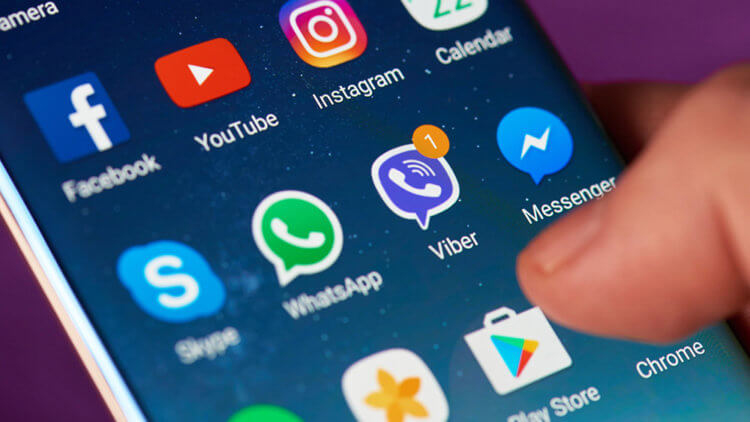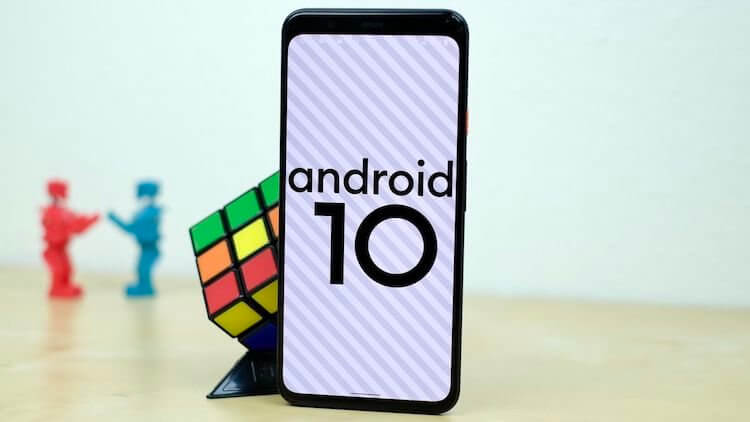There was a time when skins for Android were downright bad. Manufacturers tried to come up with something of their own, but it turned out so-so. Huawei, Oppo, Vivo and even Samsung came up with something that was at least difficult to use. It seemed that brands simply could not resist turning the stock Android into something very strange and visually completely unattractive. But the years passed, the generations of smartphones changed and the evolution of the shells gradually led to the fact that they became usable. Now, in some cases, this can even be done with comfort. But are all shells so good or are there those who have not yet emerged from the past?

It is the shell that makes it possible to distinguish one smartphone from another.
How phones differ from each other
Shells from manufacturers are good at least because they often give a competitive advantage and offer real differences between smartphones. Now everyone has about the same processors, about the same cameras and about the same memory. And only the shell makes the difference. Especially when it comes to features that not everyone has.
Now that everything has become very good, and the designers, together with marketers and developers, have worked a lot to improve their shells, have achieved something, can we say that there are bad shells?
Bad shells Android
First, what is a bad shell Android actually? Based on what you write in our Telegram chat, the main signs of a bad or good shell are the appearance, the number (and quality) of functions, the changes made to the base system itself, and how resource-intensive it is. Seen from this perspective, there are several examples of bad shells.
At one time, Samsung's TouchWiz was very widespread thanks to the success of phones like the Galaxy S3 and others. Samsung did everything beautifully and attractively, but a lot of what was in that shell, although it aroused interest, but strongly influenced the performance of the smartphone. This was an ongoing problem with early Galaxy phones until TouchWiz was replaced by the Samsung Experience, which debuted with the Galaxy S7.

This smartphone has changed a lot in Samsung shells.
Roughly the same can be said about EMUI from Huawei. More precisely, about what it was 5-6 years ago. In short, “maximum functions, minimum performance”. Many who at that time used smartphones of this brand, but recently updated them, understand what I'm talking about.
These are just two examples of how features and performance are related. By cramming a lot of features into the phone, manufacturers often sacrifice system resources such as RAM, internal storage and more.
Some manufacturers not only lacked the experience to make the shell beautiful, functional and productive at the same time – they also lacked imagination. For example, Xiaomi, which in the early stages of its development simply copied iOS.
Of course, there is nothing wrong with copying a more popular operating system if there are those who like it. But if you copy the appearance, then maybe you should think about how to copy functions, and not reinvent the wheel that spoils everything?
How has Android changed in 10 years
If we talk about an earlier period – the early 2010s – the manufacturers simply had no other choice. Android then was not as functional as it is now, and therefore simply could not offer those functions that manufacturers fenced for themselves, without having much experience in this matter. The simplest example is dual SIM support, data usage tracking, battery saving mode, and multitasking. Now all this is done by means of itself Android, and therefore the shells are becoming more decorative. They continue to retain individual functions, but there are not as many of them as before.

Ten years ago Android was not at all what it is now.
And in general, now everyone understands what functions smartphones have, and then it was necessary to show that Android is better iOS by giving people any “tinsel”, just to attract Attention.
And also users began to demand from the manufacturer not only often unnecessary functions, but also overall performance. That is why optimization has become a very important part of any phone shell Android. We even see tons of examples of how Huawei, Samsung and Xiaomi have introduced machine learning algorithms that look at what you are doing and try to make the operating system exactly what you need. you.
Some examples of great skins for Android now include Samsung's OneUI, EMUI (10) from Huawei, OnePlus's OxygenOS, and even Oppo's ColorOS (7). All of these skins offer their own unique style and functionality without taking a huge hit in performance.
Why naked is good Android
Binding to Android without deep and thoughtless delving into their own shells also allows manufacturers to roll out updates even for older devices. At the same time, reducing the exit time. An example is Nokia, which has many smartphones running on Android 10.

Android has come a long way. What will be next?
But everything is not as vanilla as I described. There are those shells whose task is quite different. In recent years, Realme and Redmi have made great strides with their skins, but most of that good work comes down to advertising. On the one hand, there is nothing wrong with that, and so brands are promoting cheaper devices. But they do not immediately say that “the smartphone is cheap, but we will find how to get the desired price difference.” Therefore, users have a very unpleasant aftertaste.
There are other examples of awful shells. With all the merits Vivo, it should be noted that its FunTouchOS (even the name is stupid) is far behind its competitors. Of all the modern brands, it is probably the closest to what can be called a bad shell.
This shell still puts a lot of emphasis on the side iOS. Here are just the operating system from Apple itself long ago abandoned this, and Vivo everything is holding on to obsolete elements. And those elements that are relevant cannot be called the best of what is in iOS. One menu style Apple Control Center is worth it. And also badges in the iOS style, which don't fit well with everything else.
We have discussed only those smartphones that can be considered new and relevant. But there are also many Chinese brands of inexpensive devices, whose manufacturers have either no fantasy or money to break out of the early 2010s. In general, everything is bad with them. This proves once again that it is already very difficult to start producing smartphones and become competitive. The examples of many brands, including LeEco, prove this. However, this is a completely different story. Perhaps we will discuss this in the near future.
